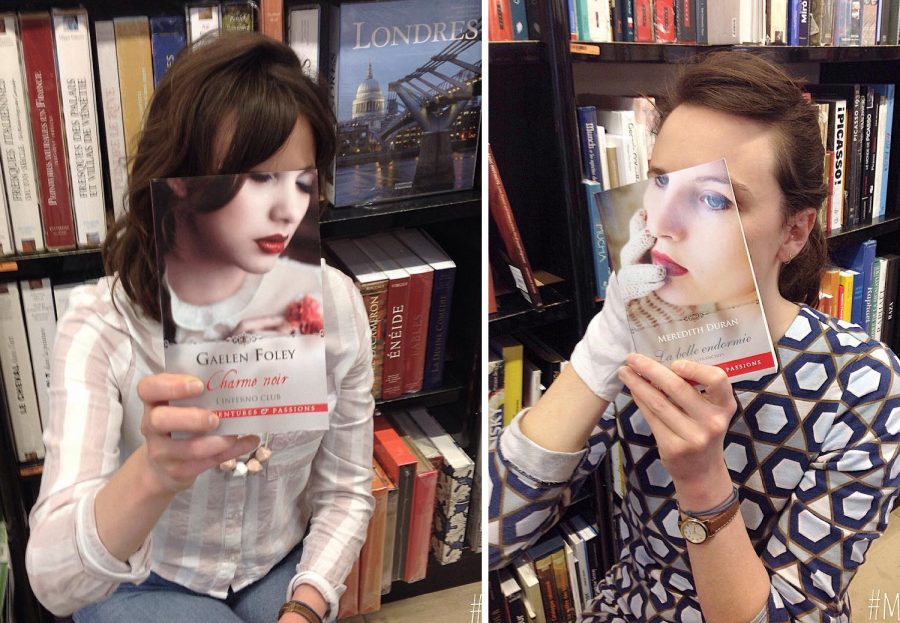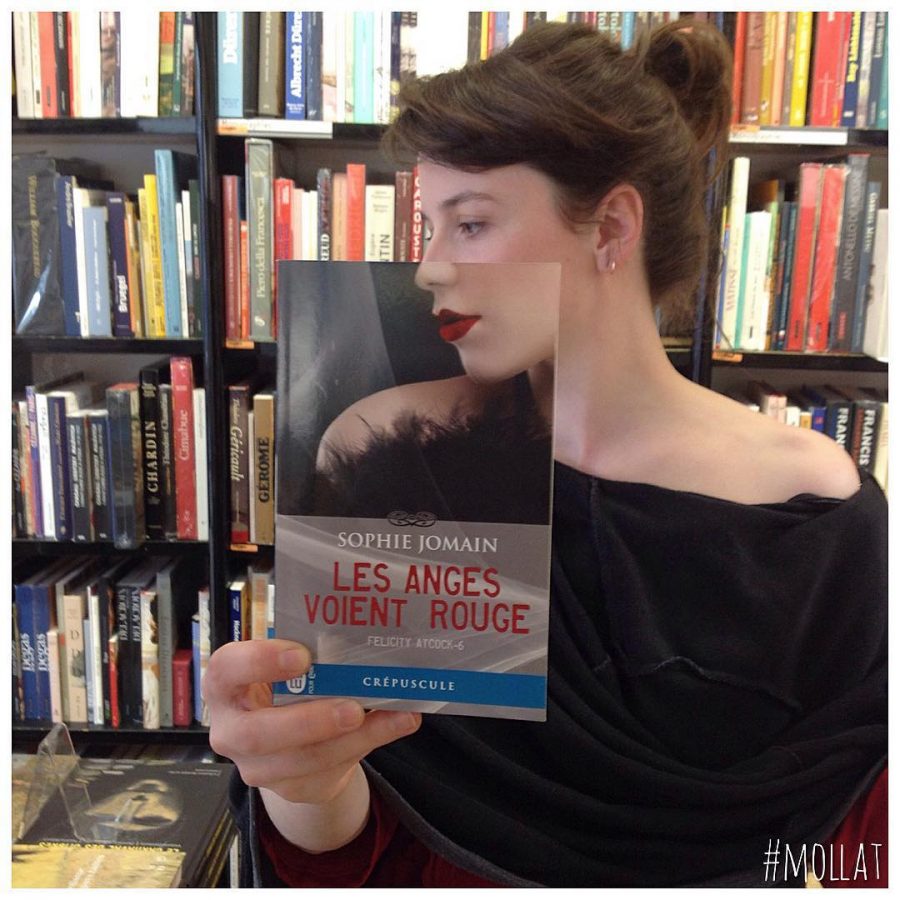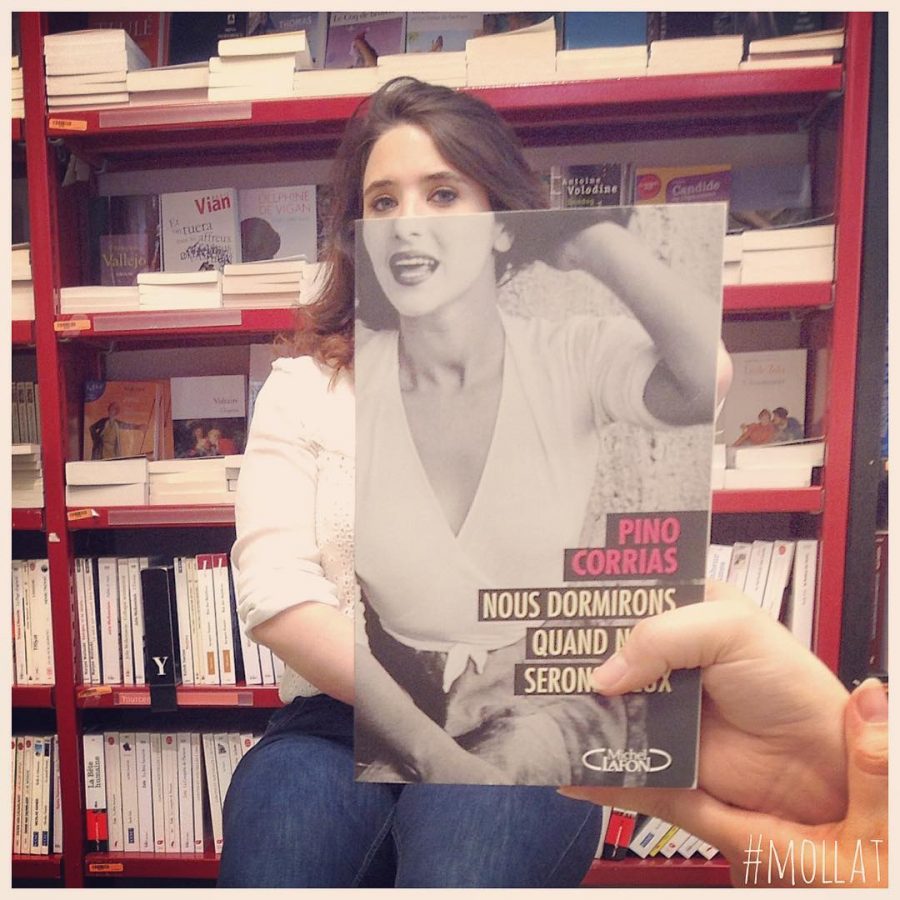Some filmmakers start in commercials, honing their chops in anticipation of making personal projects later. A select few go in the other direction, realizing their distinctive vision before fielding offers from companies who want a piece of that vision’s cultural currency. Anyone who’s seen David Lynch’s most acclaimed work will suspect, correctly, that Lynch belongs in the latter group. With 1977’s cult hit Eraserhead, he showed cinema what it means to be Lynchian. This brought him the attention of Hollywood, leading to the respectable success of The Elephant Man and the disaster that was Dune. Only in 1986, with Blue Velvet, could Lynch make a truly, even troublingly personal film that hit the zeitgeist at just the right moment.
Naturally, Madison Avenue came calling soon thereafter. “With the smash Blue Velvet, a Palme d’or at Cannes for Wild at Heart, and then the national phenomenon of Twin Peaks’ first season, David Lynch clearly established himself as the U.S.A.‘s foremost commercially viable avant-garde-‘offbeat’ director,” wrote David Foster Wallace in a 1997 piece on the filmmaker.
“For a while there it looked like he might be able to single-handedly broker a new marriage between art and commerce in U.S. movies, opening formula-frozen Hollywood to some of the eccentricity and vigor of art film.” Lynch’s fans in television advertising must have imagined that he could do the same for their industry, and you can watch the fruits of that hunch in the half-hour compilation of Lynch-directed commercials above.
Lynch has worked for some startlingly big brands, beginning with Calvin Klein: his trio of spots for the fragrance Obsession take as their basis the writing of F. Scott Fitzgerald, Ernest Hemingway, and D.H. Lawrence. A few years later he directed a humorous mini-season of Twin Peaks to promote Georgia Coffee, one of the top brands of canned coffee in the Lynch-loving country of Japan. The New York Department of Sanitation engaged Lynch’s services to imbue their anti-littering campaign with his signature high-contrast ominousness, a mood also sought by fashion-industry titans like Armani, Yves Saint Laurent, Gucci, and Dior. The marketers of humbler goods like Alka-Seltzer, Barilla Pasta (a seemingly auteur-aware brand that has also hired Wim Wenders and Fellini), and Clear Blue Easy home pregnancy tests have also gone in for a touch of the Lynchian.
Quite a few of these commercials originally aired only outside America, which may reflect the supposedly more enduring appreciation of Lynch’s work that exists in Europe and Asia. But for all Lynch’s artistic daring, the man himself has always come off as an enthusiast of unreconstructed American pleasures. To this day he remains a steadfast smoker, and in 1998 brought that personal credibility to the Swiss cigarette brand Parisienne. The resulting spot features men in ties, showers of sparks, dead fish, backwards talking, a forbiddingly illuminated shack, and apocalyptic flames: Parisienne, in other words, must have got exactly what they paid for.
Related Content:
What Makes a David Lynch Film Lynchian: A Video Essay
The Surreal Filmmaking of David Lynch Explained in 9 Video Essays
Spike Jonze’s Imaginative TV Ads
Fellini’s Fantastic TV Commercials
Ingmar Bergman’s 1950s Soap Commercials Wash Away the Existential Despair
Based in Seoul, Colin Marshall writes and broadcasts on cities and culture. His projects include the book The Stateless City: a Walk through 21st-Century Los Angeles and the video series The City in Cinema. Follow him on Twitter at @colinmarshall or on Facebook.
















